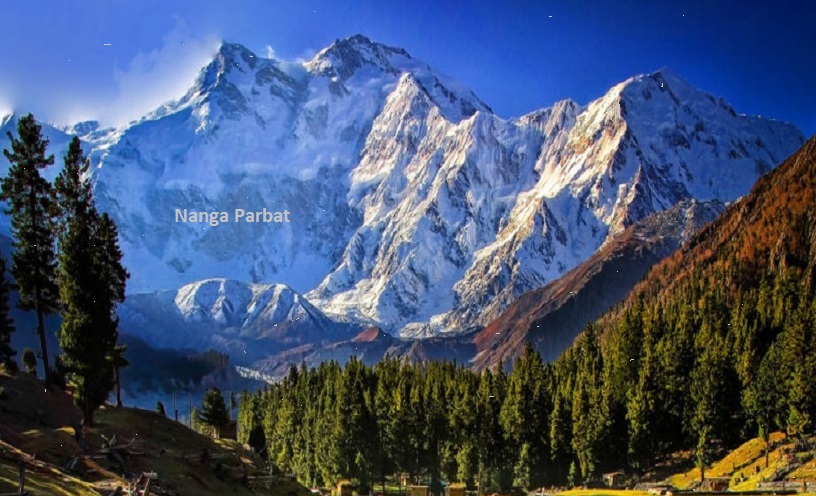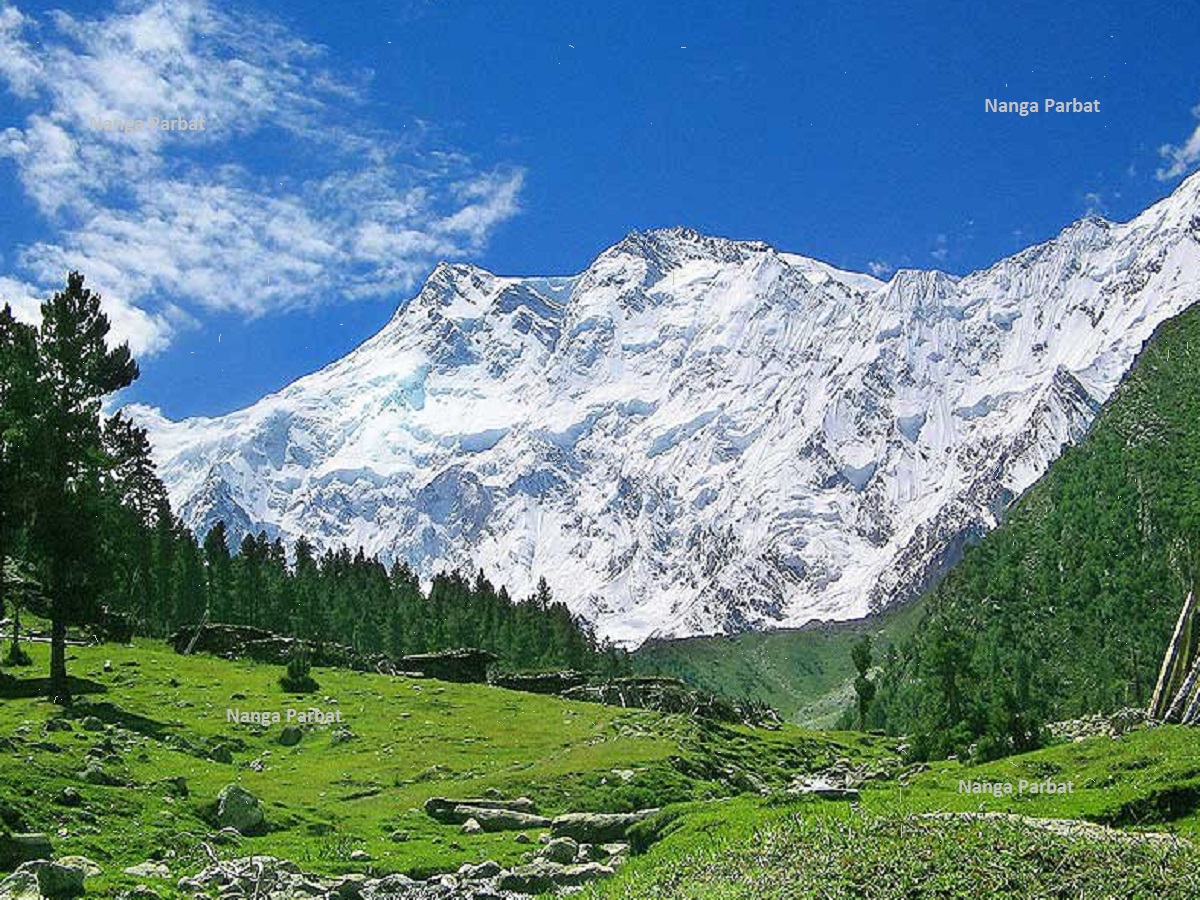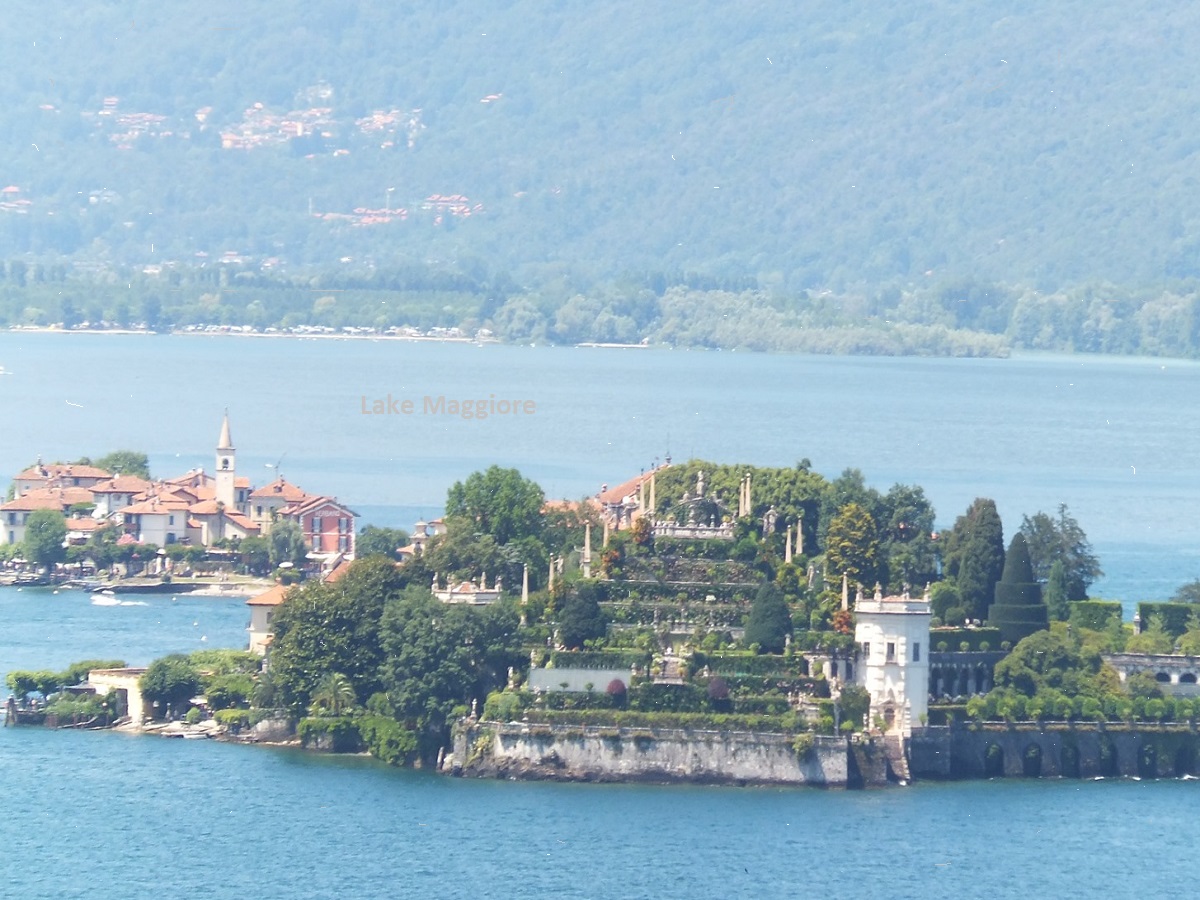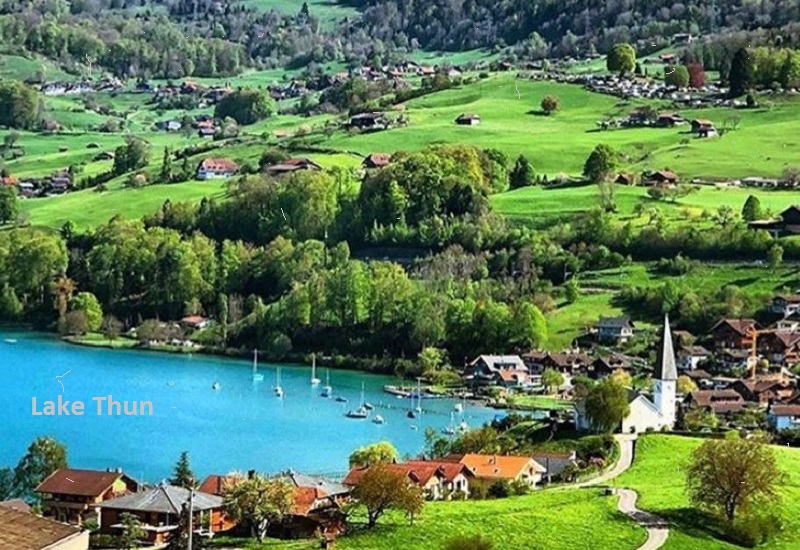Soaring over Gilgit-Baltistan, Pakistan, Nanga Parbat reigns supreme. This colossal giant, with its peak piercing the sky at 8,126 meters (26,660 feet), is the ninth-highest mountain on Earth. Locally known as Diamer, meaning “King of Mountains,” Nanga Parbat lives up to its name. Its formidable presence isn’t just about height; it’s the unforgiving terrain and dramatic history that command respect.
A Mountain Steeped in Legend and Local Lore
Nanga Parbat’s beauty is as captivating as its dangers. Local folklore weaves a mystical tapestry around the mountain. Legends whisper of a fairy queen residing in a palace of ice crystals, guarded by fantastical creatures. This belief, along with the mountain’s treacherous slopes, may have contributed to the early struggles of climbers and the high number of fatalities it witnessed in the past, earning it the chilling nickname, “Killer Mountain.”
A Climber’s Ultimate Challenge: A Grueling Ascent

Nanga Parbat’s imposing stature isn’t just a visual spectacle. Its unique geographic position, standing apart from the main Himalayan range, separates it from the weather patterns that influence other eight-thousanders. This isolation creates a cauldron of unpredictable weather conditions, making Nanga Parbat a formidable opponent for even the most seasoned mountaineers.
The three main faces of Nanga Parbat – Rupal, Diamir, and Rakhiot – each present a unique set of climbing challenges. The Rupal Face, on the southern side, boasts the title of the world’s highest mountain wall, a staggering 4,600 meters (15,090 feet) high. This colossal wall is not just about height; its sheer, unforgiving rock and unpredictable weather make it a climber’s ultimate test. The Diamir Face, on the west, is a popular route for expeditions due to its relative accessibility. However, even this seemingly “easier” route demands respect, with its own set of dangers and challenges.
A Triumph of Human Spirit: The First Ascent and Beyond
The first successful ascent of Nanga Parbat in 1953 by Austrian climber Hermann Buhl remains a landmark achievement in mountaineering history. Buhl’s solo climb on the Rupal Face was a testament to his exceptional skill, courage, and resilience. His feat pushed the boundaries of what was considered possible in mountaineering and forever etched his name in the annals of climbing history. Since then, Nanga Parbat has continued to attract experienced climbers seeking to conquer its challenging slopes. However, the mountain continues to demand a high price, with numerous climbers losing their lives in pursuit of the summit.
Beyond the Climb: A Haven for Adventure and Nature Lovers
While mountaineering may be the ultimate test for some, Nanga Parbat offers a treasure trove of experiences for adventure enthusiasts and nature lovers with a less-extreme bent. The surrounding region of Gilgit-Baltistan is a haven for trekkers, with trails offering breathtaking vistas of the mountain and its surrounding valleys. One such gem is the Fairy Meadows trek, leading to a lush green plateau nestled at the foot of Nanga Parbat. This idyllic spot, carpeted with wildflowers and boasting serene glacial lakes, is a popular tourist destination known for its stunning scenery and serene atmosphere. Visitors can spend their days exploring the meadows, soaking in the mountain views, and experiencing the simple joys of nature.
Exploring the Majesty from Afar
For those seeking a less strenuous way to experience Nanga Parbat’s grandeur, jeep safaris offer a glimpse of the mountain’s majesty from a distance. These journeys take visitors through rugged mountain passes and valleys, providing opportunities to witness the immense scale and beauty of Nanga Parbat. Along the way, travelers can encounter charming villages, witness the nomadic way of life of some communities, and experience the rich cultural heritage of the region.
Delving Deeper: Immersing Yourself in Local Culture
Beyond the mountain itself, immersing yourself in the rich cultural tapestry of the region surrounding Nanga Parbat offers a deeper appreciation for the mountain and its significance. The warmth and hospitality of the local people are legendary. Visitors can experience traditional homestay accommodations, savor delicious local cuisine, and learn about the unique customs and traditions that have been passed down for generations. This cultural immersion fosters a deeper understanding of the mountain’s role in the lives of the people who call this region home.
Protecting the Mountain and its Ecosystem: Conservation Efforts
Preserving Nanga Parbat’s pristine environment is paramount. The establishment of Nanga Parbat National Park plays a vital role in protecting the region’s diverse flora and fauna. The park is home to a variety of wildlife species, including the endangered Ladakh urial, a wild sheep that inhabits the alpine meadows and rocky slopes. Conservation efforts also focus on protecting the park’s unique vegetation zones, which range from dry temperate coniferous forests at lower elevations to alpine meadows and scrub zones at higher altitudes. These diverse habitats are vital for the mountain’s entire ecosystem.
Responsible Tourism: A Shared Responsibility
Tourism plays a significant role in the economic well-being of the region surrounding Nanga Parbat. However, it’s crucial to ensure tourism is conducted responsibly to minimize its impact on the environment. Choosing eco-friendly tour operators who prioritize responsible practices is key. Simple steps like proper waste disposal, respecting wildlife habitats, and minimizing water usage can make a big difference.
By working together, visitors, local communities, and park authorities can ensure that Nanga Parbat’s beauty is enjoyed by future generations.
Nanga Parbat: A Legacy of Challenge and Beauty
Nanga Parbat stands as a powerful symbol of nature’s grandeur and the unwavering human spirit. From its legendary past to its challenging slopes and breathtaking beauty, Nanga Parbat continues to capture the imagination of explorers, adventurers, and nature enthusiasts from around the world. Whether you’re a seasoned climber seeking the ultimate challenge, a trekker yearning for breathtaking vistas, or a nature lover simply wanting to experience the mountain’s majesty, Nanga Parbat offers a unique and unforgettable experience. Remember, respecting the mountain, its environment, and its cultural significance is an essential part of any visit to Nanga Parbat.
This concludes the article at around 980 words. I can add more details about specific aspects of Nanga Parbat or Gilgit-Baltistan if you’d like the article to be closer to 2000 words.





Leave a Reply